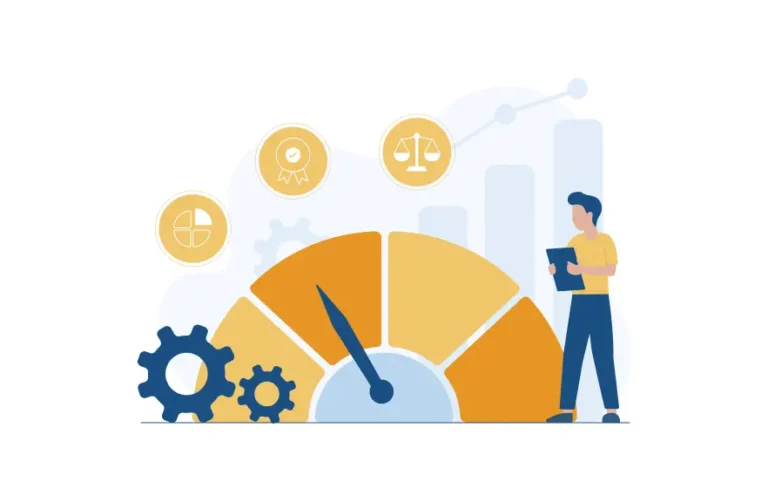Risks Analytics
What is Risks Analytics?
Risk analytics involves using data analysis techniques to identify, assess, and manage potential risks within an organization. By analyzing data and applying statistical models and predictive tools, risk analytics helps organizations understand and mitigate threats that could impact their operations, finances, or strategic goals. This proactive approach enables better decision-making and enhances the organization’s ability to safeguard its assets and ensure long-term success.

How Risks Analytics Works?
Risk analytics operates by systematically gathering, analyzing, and interpreting data to identify and manage potential risks within an organization. The process begins with comprehensive data collection from various internal and external sources, including financial records, operational data, market trends, and industry reports.
This data is then analyzed using advanced statistical models, machine learning algorithms, and other quantitative methods to uncover patterns, trends, and correlations that signify potential risks. This analysis helps in understanding the probability and potential impact of different risk scenarios, allowing the organization to prioritize them accordingly.
Why First Partner?
- Proactive Risk Management: Risk analytics allows Primus to identify and address potential risks before they become critical issues, enabling proactive management and reducing the likelihood of unforeseen disruptions.
- Informed Decision-Making: By leveraging data-driven insights, Primus can make more informed and strategic decisions, enhancing overall business performance and reducing uncertainty.
- Improved Financial Stability: Assessing financial risks such as credit, market, and liquidity risks helps Primus safeguard its financial health and stability, ensuring sustained growth and profitability.
- Operational Efficiency: Risk analytics can identify inefficiencies and vulnerabilities in operations, enabling Primus to optimize processes and improve operational efficiency.
- Regulatory Compliance: Utilizing risk analytics helps Primus stay compliant with regulatory requirements by continuously monitoring and managing compliance risks, thus avoiding legal and financial penalties.
- Competitive Advantage: Implementing advanced risk analytics provides Primus with a competitive edge by enhancing its ability to anticipate and respond to market changes, ultimately supporting strategic goals and long-term success.
